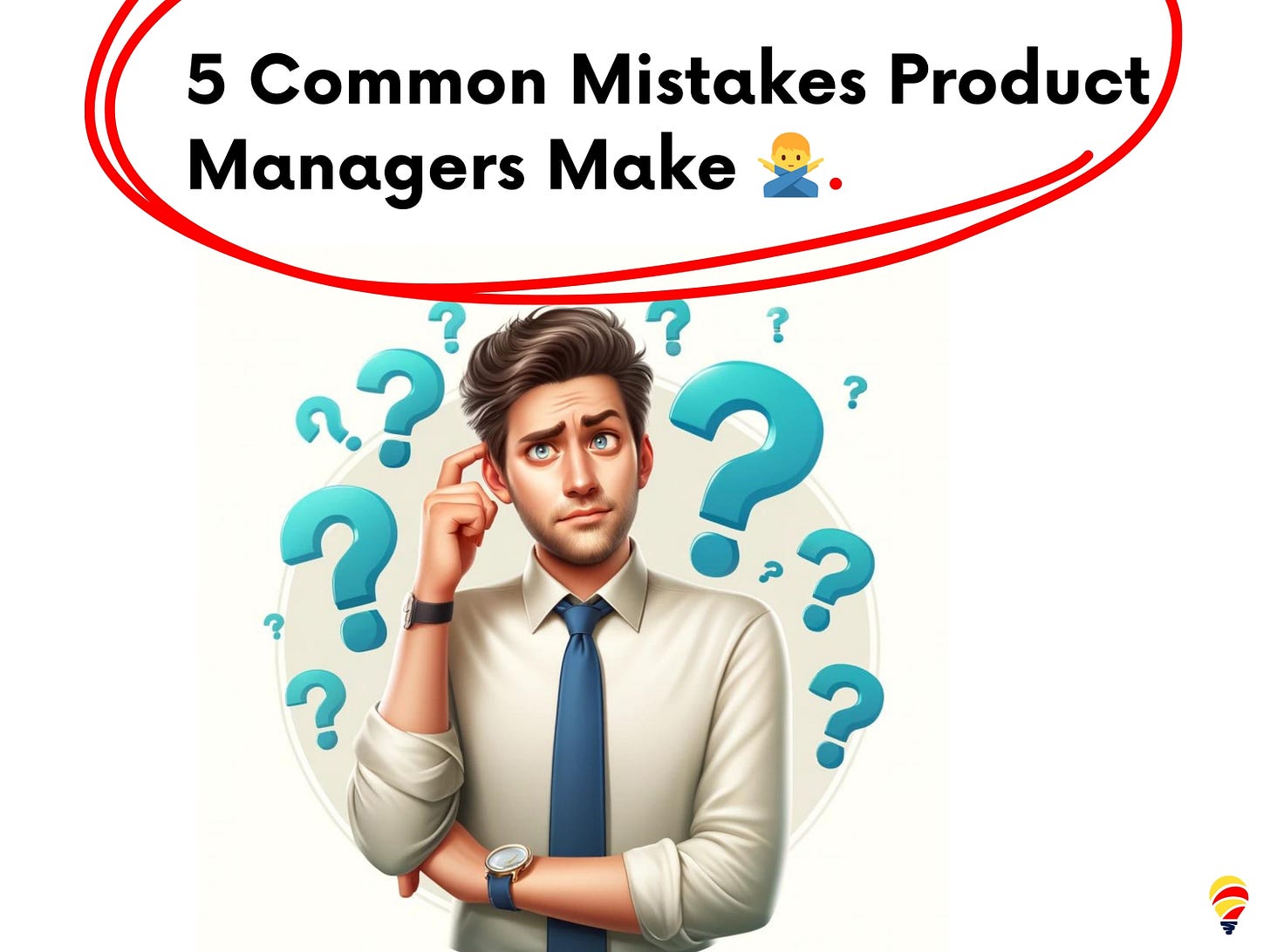Quote
“The most successful products are the ones that solve real user problems in a simple and intuitive way”
Poll
💯 Framework // Concept // Mental Model
Product management is a challenging and multifaceted role that requires juggling many responsibilities - from understanding customer needs, to defining product vision and roadmaps, to working with engine…
Keep reading with a 7-day free trial
Subscribe to The Product Channel By Sid Saladi to keep reading this post and get 7 days of free access to the full post archives.




